:
Outback 4WD Vehicle Preparation Tips
 Australia’s arid regions are exciting but harsh, so preparing yourself is key to a safe and hassle-free trip. A big part of that is preparing your vehicle to handle the many things that the desert will throw at you, and trust us, it can be a lot.
Australia’s arid regions are exciting but harsh, so preparing yourself is key to a safe and hassle-free trip. A big part of that is preparing your vehicle to handle the many things that the desert will throw at you, and trust us, it can be a lot.
The staff at Hema have travelled every corner of Australia’s desert centre, so we are well-versed in preparing for an arid adventure. The first step, and one that hopefully goes without saying, is that your vehicle needs to be in prime mechanical condition. Get it serviced, including servicing all fluids. This is a must for safe desert driving; so if you’re not convinced your rig is in optimal condition, don’t leave home.
Wheels & Tyres
Starting from the ground up, adequate wheels and tyres are important considering they are your point of contact with the desert terrain below you. Steel wheels are the obvious choice considering their superiority over aluminium wheels, which is because they are hardier and more ready for the rigours of Outback travel. Decent tyres are highly important too, because they affect traction, driveability and overall safety.
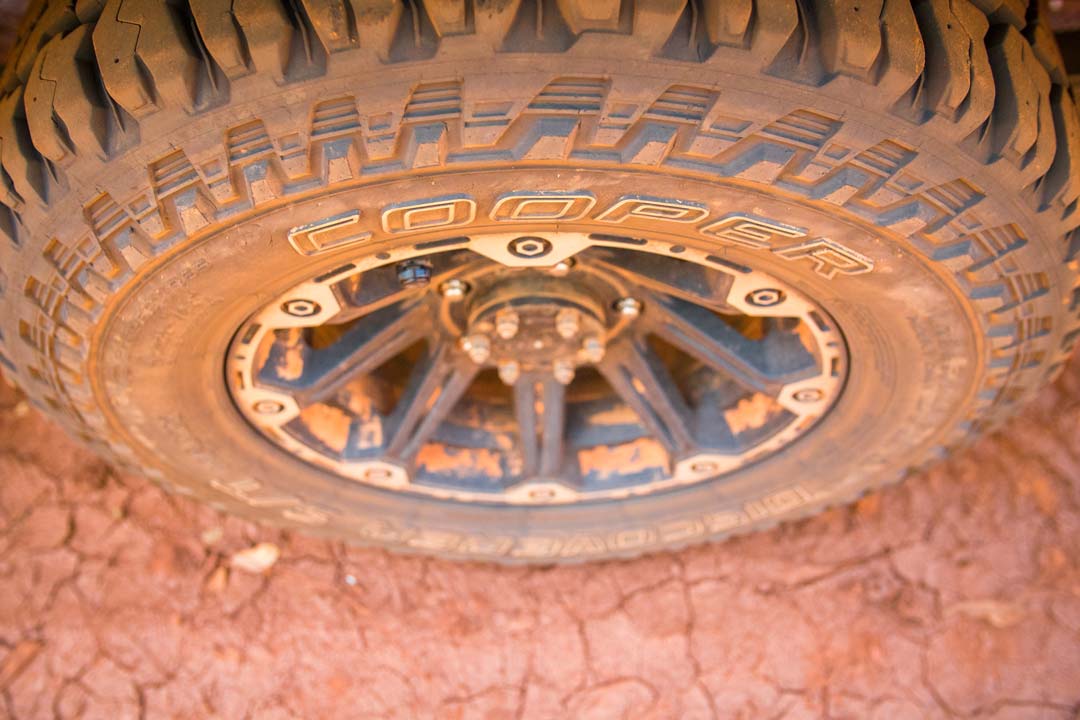 Suspension
Suspension
Next, some decent suspension should be high on your list, as it will make a massive difference for both your driving experience and for the wellbeing of your vehicle. After-market suspension improves the longevity of your vehicle, while also enhancing vehicle height and clearances (and hence entrance, pass over and departure angles), wheel and axle articulation, and wheel and tyre footprint. It helps your rig overcome obstacles, meanwhile additionally improving the dependability of it by enhancing your load-carrying capabilities, driveability, safety and comfort. Adding inflatable airbags (for rear coil suspensions) and air bellows (for rear leaf suspensions) are another way to improve load bearing and towing heights.
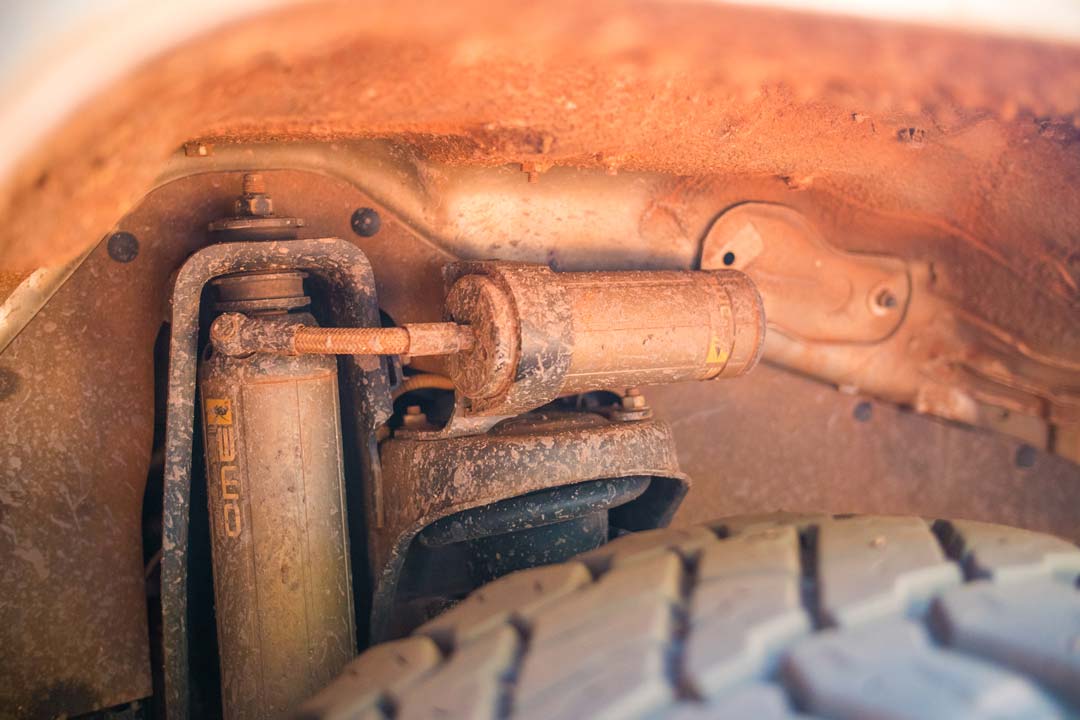 Vehicle Protection
Vehicle Protection
The chance of colliding with native animals or having a mishap with desert terrain and landforms is a distinct possibility in the Outback, so a bull bar is a worthy investment. Side steps are handy too, both for offering easy access to and from the rig and to protect the vehicle from stone and mud damage. For rear protection as well as storage, recovery and mounting capabilities, rear bars complete the treble of all-over vehicle protection.
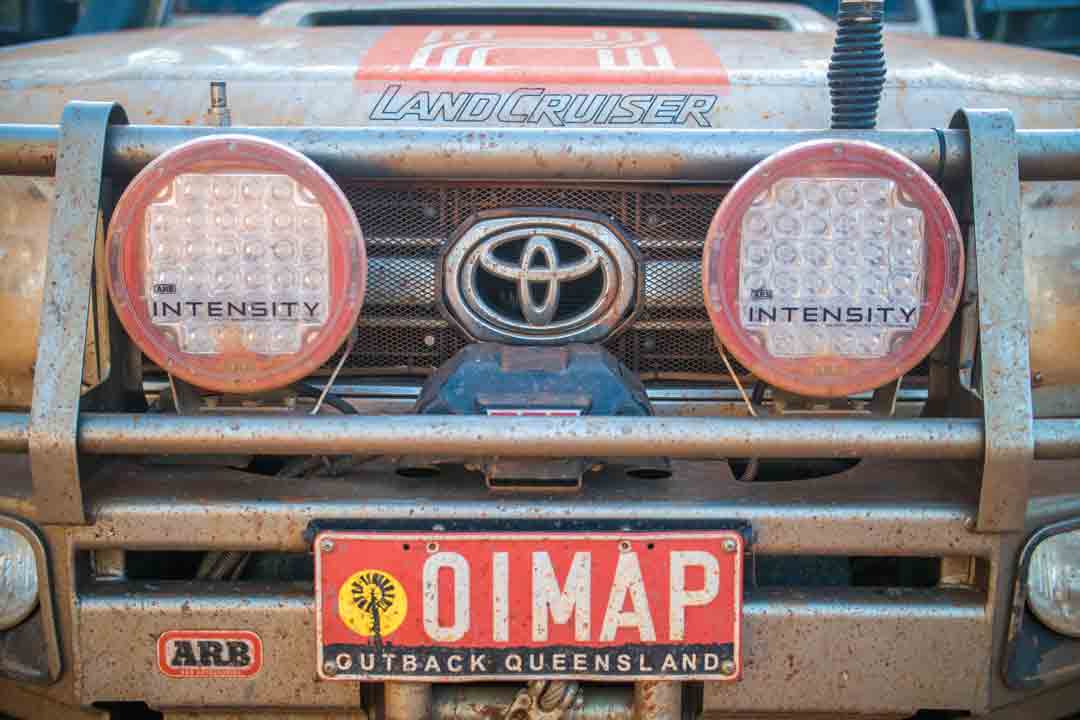 In addition to this, underbody protection plates can save your vehicles vital organs such as the radiator, engine sump, gear box and transmission. These plates offer protection from Australia’s harsh arid tracks, with ruts, rocks, logs and road surfaces creating impacts that ask many questions of your rig’s toughness.
In addition to this, underbody protection plates can save your vehicles vital organs such as the radiator, engine sump, gear box and transmission. These plates offer protection from Australia’s harsh arid tracks, with ruts, rocks, logs and road surfaces creating impacts that ask many questions of your rig’s toughness.
Something else worth considering is an animal alert, which warns animals that you’re approaching by emitting a sound (from air flow while driving) or electronic pulse that cannot be heard by humans.
Vehicle Lighting
Proper vehicle lighting is a big item for driving safety at night. A pair of spotlights will help you predict the road ahead earlier, whether it’s to avoid animals on the road or to accommodate for changing road conditions. Whether you go for basic halogens or the more efficient and powerful HID and LED lights (which are obviously more expensive), ensure that what you are purchasing is a product of respectable quality. The corrugations and unpredictable road conditions in the Outback quickly destroy inferior quality units, which is a potentially insurmountable yet completely preventable obstacle while on the road.
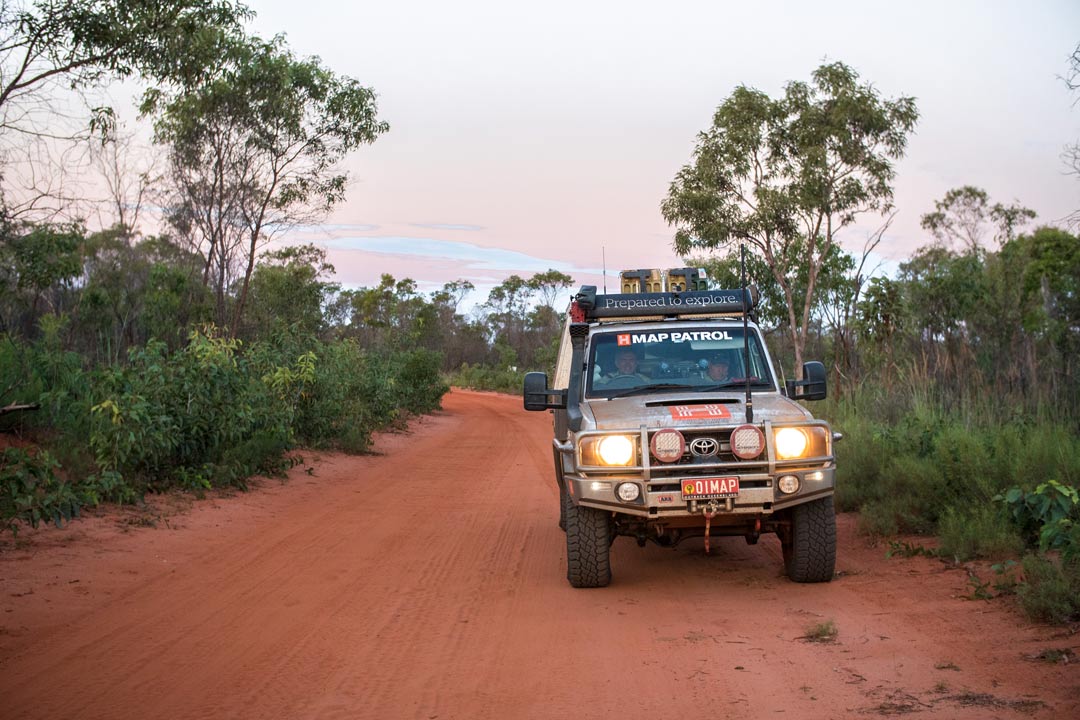 A bit of extra motivation for getting a rear bar is using it for mounting some rear work lights. These lights are perfect for illuminating the campsite while setting up camp as well as simply navigating it after dark.
A bit of extra motivation for getting a rear bar is using it for mounting some rear work lights. These lights are perfect for illuminating the campsite while setting up camp as well as simply navigating it after dark.
Storage
Storage is one of the most difficult propositions for all off-road adventures, with desert trips demanding a high level of storage efficiency. The overall aim of how you decide to store your gear is to balance accessibility with bulk and weight, and the importance of this becomes even more apparent once you get on the road.
Internal storage options include roller drawers, shelves, fridge slides, floor and overhead consoles and lockers, as well as storage pockets. These storage options don’t just make your cargo more accessible and safe, but keep passengers safe when it comes to everything flying around when things get bumpy. Along that same vein of thought, a cargo barrier is an essential piece of equipment to separate your storage from your passengers and is a worthy investment.
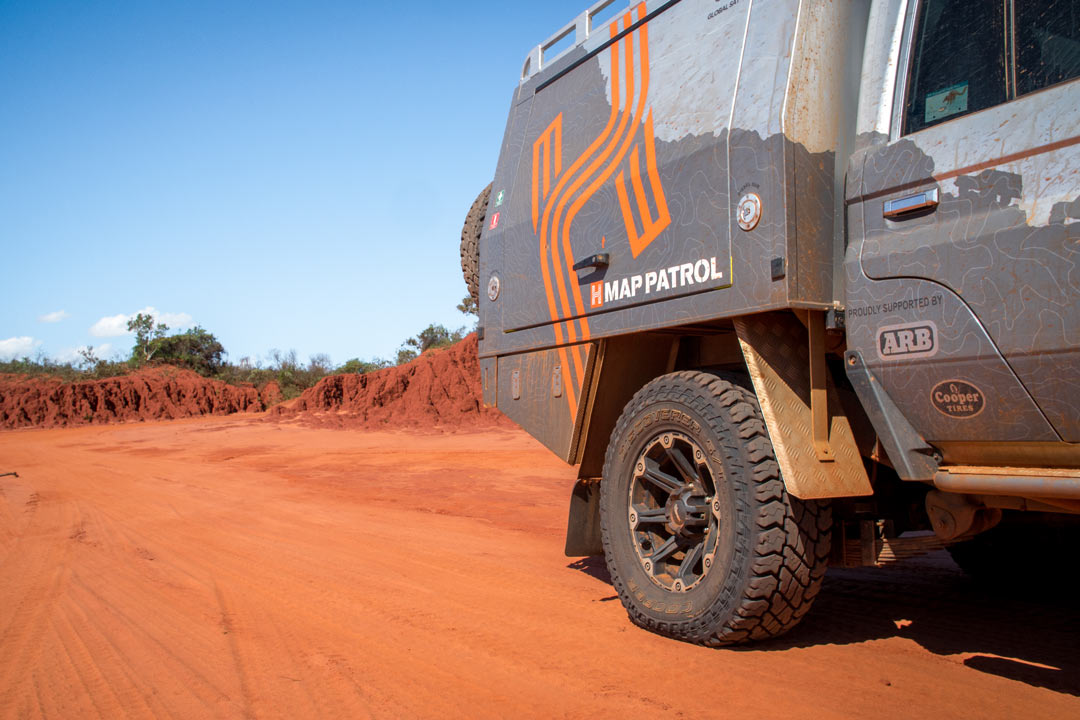 Externally, your first port of call should be durable and properly mounted roof racks. Roof racks are ideal when you need to store bulky items, which includes many modern quick setup tents and a whole host of recreational items.
Externally, your first port of call should be durable and properly mounted roof racks. Roof racks are ideal when you need to store bulky items, which includes many modern quick setup tents and a whole host of recreational items.
To protect your rooftop cargo, a storage pod is a great weather-sealed option that can come in handy when you’re trying to avoid the red dust of the Outback.
Communications
Outback travel requires reliable communications between vehicles and remote base stations such as roadhouses. To make your Outback experience better and to prevent or hopefully mitigate any emergencies, a UHF radio, satellite phone or HF radio is a must. In general though, a 477 MHz UHF radio with repeater and scan capabilities is essential, connected to a quality aerial of course.
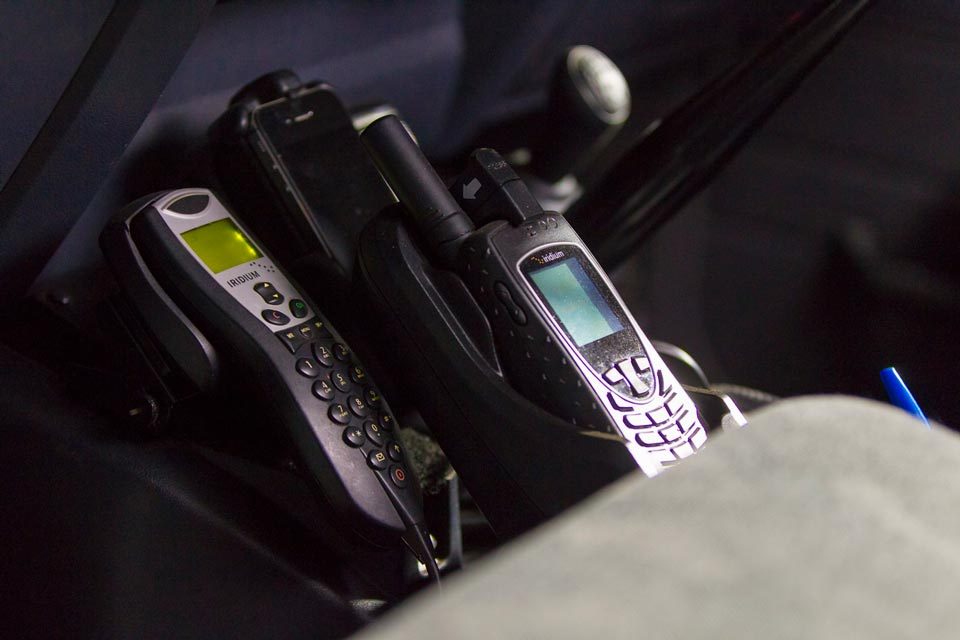
Navigation & Mapping
Outback adventures and subpar navigation tools don’t mix, and leaving home without confidence in the navigation information you have at your disposal is a bad omen.
At Hema we have a deep appreciation for facilitating adventure with information, and is the reason why we have dedicated so many years to field-checking our map data while on the road in our Map Patrol. From this dedication Hema Maps have crafted the Great Desert Tracks series, which covers Australia’s arid centre with typically thorough detail and accuracy. Remember that no matter how reliable your digital navigation is, it’s imperative to carry paper mapping for your journey in case of technological failure.
Premium quality navigation and mapping maximises your ability to plan ahead and navigate effectively in real-time, which is a mammoth task when heading out on an Outback adventure. So ensure you’re familiar with the navigation tools you have, and that you are properly prepared for what lies ahead.
Whatever pre-trip preparation and aftermarket vehicle accessories you choose to pursue, the key to a safe and enjoyable desert adventure is being prepared. When you are ready for anything, you will be able to truly experience the dizzy highs that come with exploring Australia’s iconic desert centre, which is the reason we can’t stop going back time and time again.










0 comments